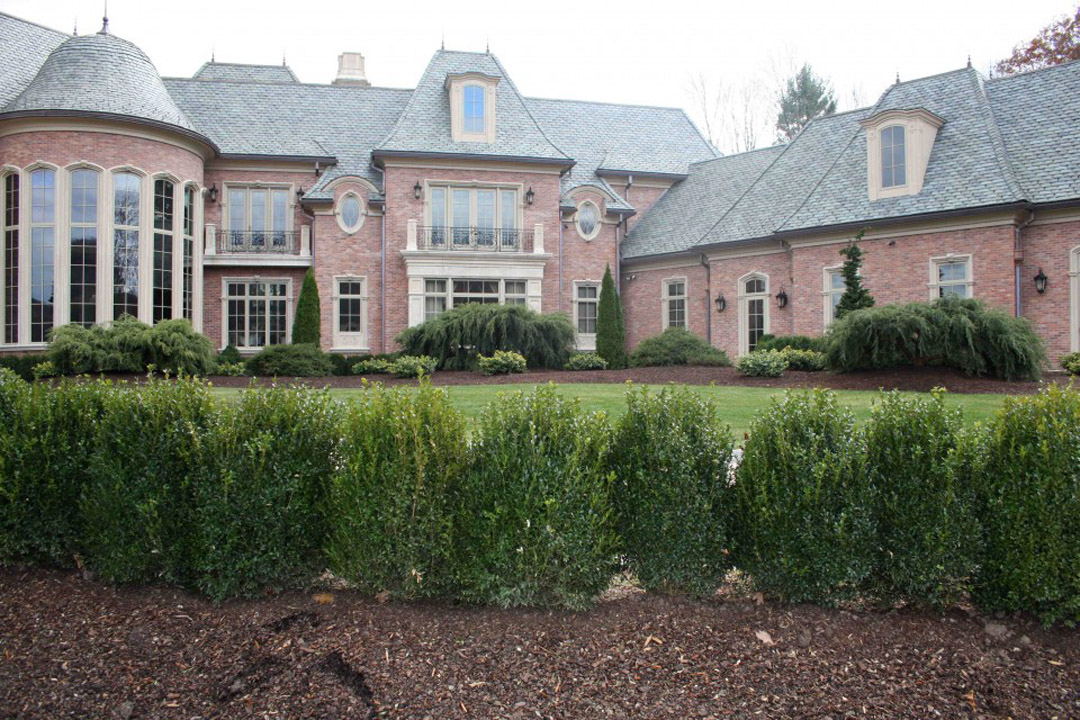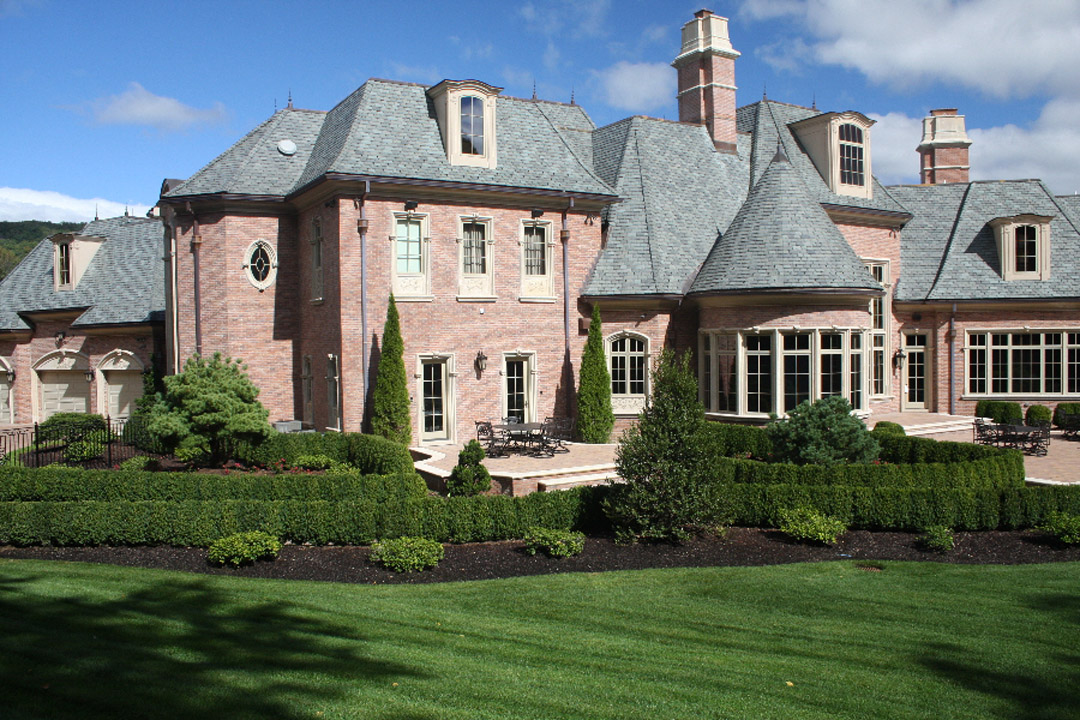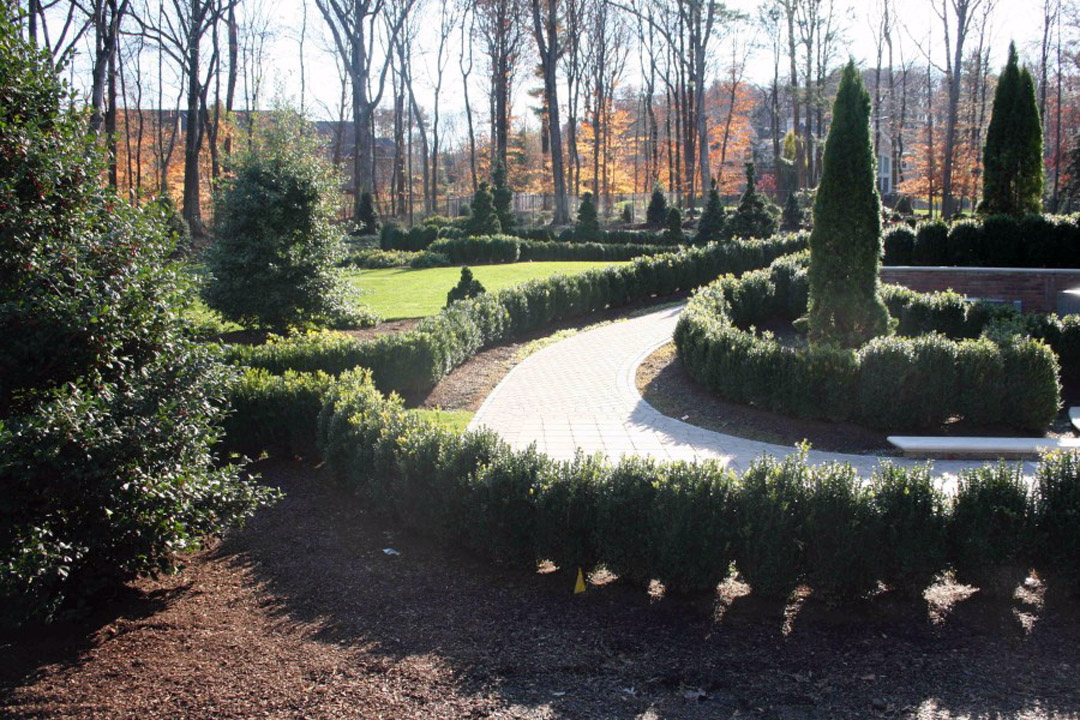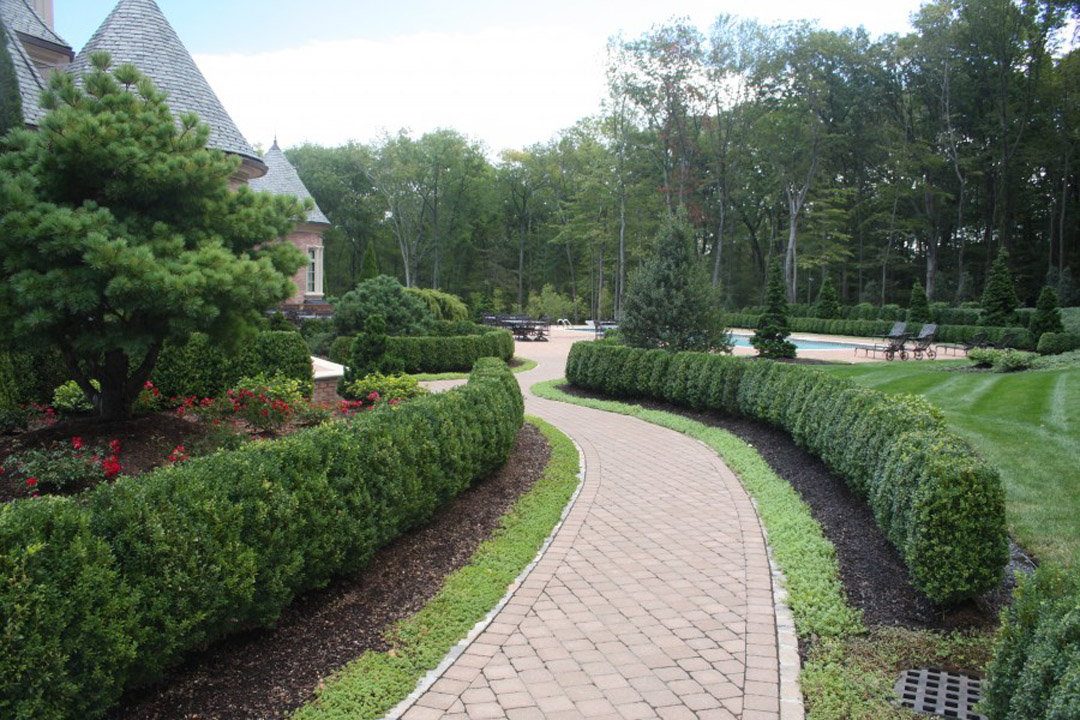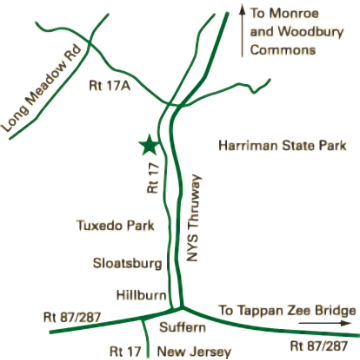The formal garden design was originally implemented in Persia and spread to areas of Europe in the 16th century. The formal garden is about uniformity and a well structured design. It is all about balance, symmetry, geometric designs with defined edges, and manicured plants. Plants, hedges, and walkways are arranged in either circular, rectangular, or square designs. Pruning and shaping are hallmarks of the formal garden. Most formal gardens are arranged around an impressive focal point. Focal points can range from a water feature, fountain, present ornamental tree, birdbath, bench, patio, or arched trellis. Hickory Hollow can provide you with numerous options in focal points for the garden.(https://www.hickoryhollownursery.com/hardgoods-tools-supplies/pottery/). To start the configuration of the garden, plan paths that lead the eye to the focal point. Paths can be paved, brick, grass, or stone. Hedges are then used to create an outline for the inner perennial plantings.
It’s important to choose plants that will thrive where you live; otherwise, you’ll be dealing with sick and dying plants instead of enjoying a healthy garden. Choose flowers with a restrained growth habit that take to pruning after blooming. In the formal garden limit yourself to three or four types of plants and repeat the pattern throughout the design. Dependable bloom times are important as well, so you can coordinate the colors of the garden. Good perennial choices would be delphiniums, foxglove, lady’s mantle, and candytuft. Bushes like privet, boxwood, bay laurel and junipers have compact, small leaves and a dense shape, they are ideal for pruning into topiaries and hedges. Roses, Hydrangeas, and Azaleas make beautiful hedges with the added bonus of cut flowers for the home.
